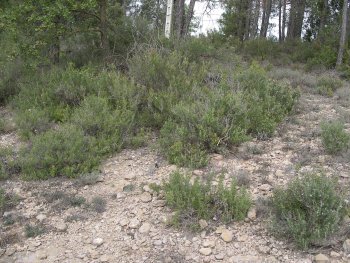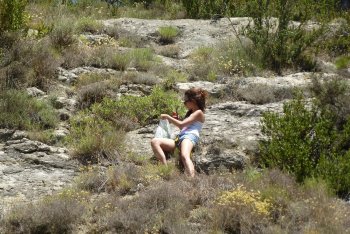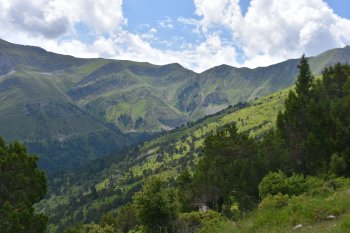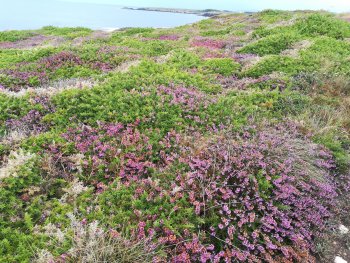Prospecting wild populations of Rosmarinus officinalis in Spain
The project objective was to identify chemically different Rosmarinus officinalis wild populations present in the Spanish geography in order to be able to choose those that present a higher essential oil concentration with an interesting chemical composition for the industry uses.
Identify these wild populations is the starting point for initiating any breeding program to obtain commercial varieties that can be put into large scale cultivation to satisfy quantity and quality industrial demand.




